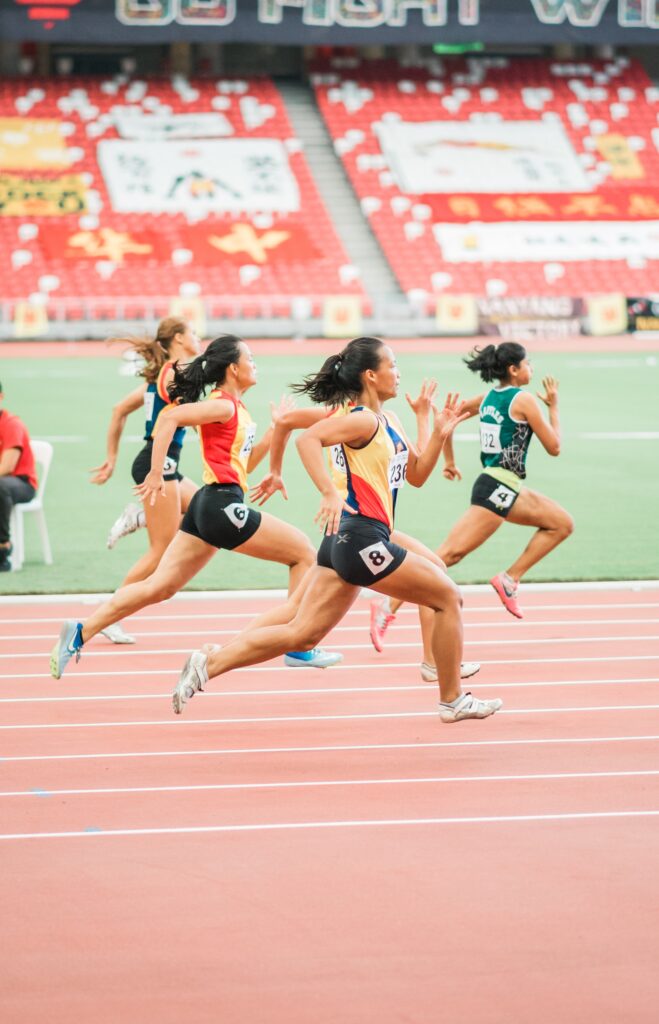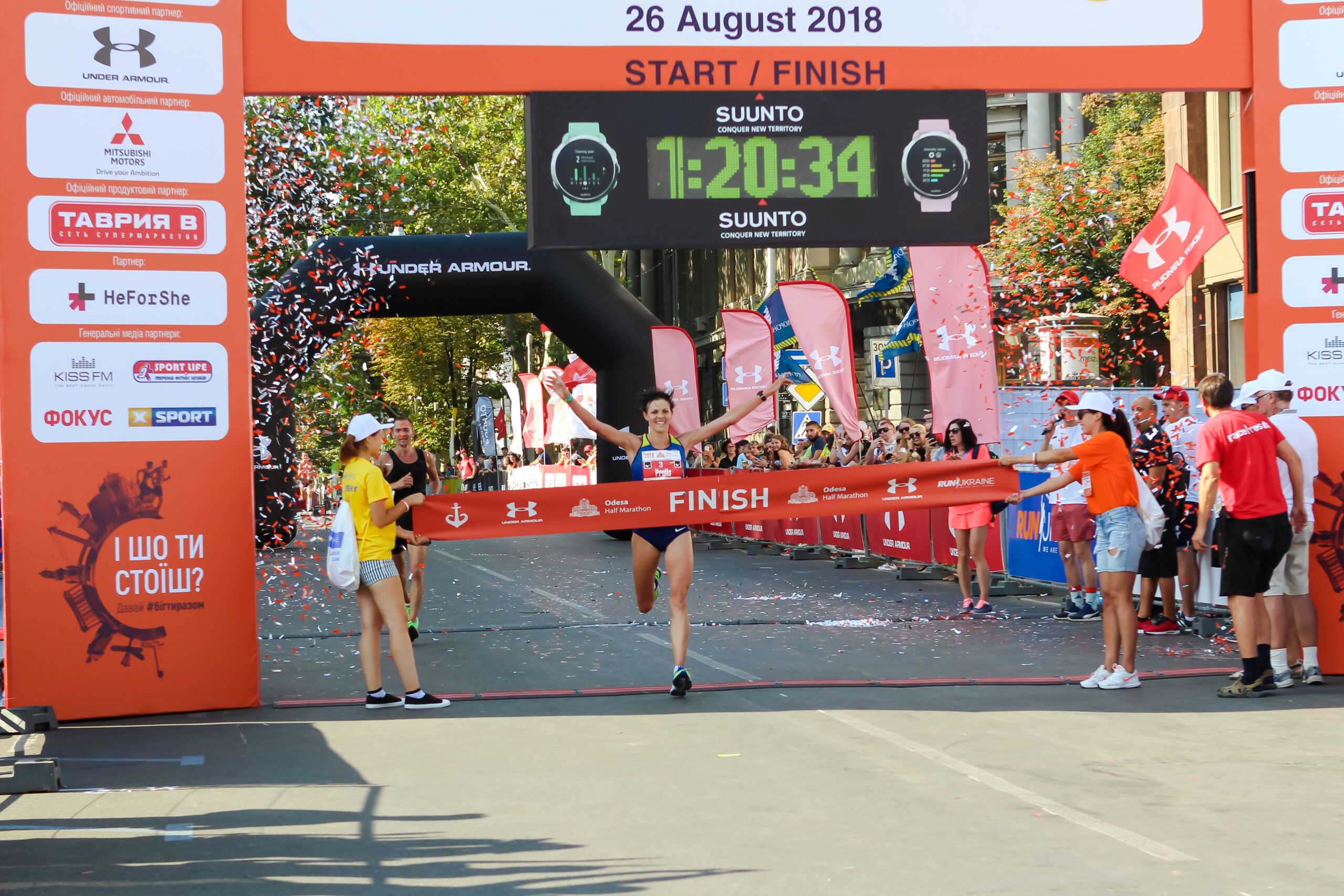Many diligent athletes will have a season plan. They will have a structured plan for training progression that will bring them through the entire offseason in preparation for their season opener. This may include practice races and tapers to perfectly build towards the start of the season. Then they have their first race and there’s a sudden realisation that races could now come thick and fast without any opportunity to focus on them individually.
While we would always look to prioritise races and competitions within a season it is not always possible to provide adequate breaks for preparation in between. This is especially true where we might compete in some form of league or race series which may be every weekend. The typical preparation plan has a distinct base and build type phase which fits nicely in the offseason. As we move into the competitive season a traditional speciality phase may be a tough fit. In terms of our physiology this may create some conflicts between progression and recovery.
The issue arises where we try to both peak and build at the same time. We place two conflicting demands on the body. One asks for breakdown and repair, the other looks for supercompensation. They are not really possible to combine. Instead we look to find a balance that allows us to compete fresh, and progress over the course of a season which can be very tricky. The rule of thumb is that recovery is always key. An athlete adapts while recovering. An athlete also performs best when recovered.

The following are some ideas to help you maintain a balance of recovery and performance throughout your season.
- Recovery
As mentioned recovery is key. This must lead the decisions around session structure and layout. An athlete know how they respond to certain sessions after an offseason of training. Some demand more recovery time than others. Some present different issues to others. You should have an idea of which sessions are more energy demanding or create more soreness. These can then be placed appropriately within the inter race period. As you have accumulated volume throughout the offseason you should have built a tolerance to a higher volume of training that is required now during competition. A slight reduction in training volume can allow the body to recover adequately from slightly scaled training sessions.
2) Scaling sessions
As races are generally at high intensity you will get exposure to race intensity regularly without needing as much simulation in training. If you race every weekend then you are guaranteed one dose of race intensity a week. This means you may be able to reduce race intensity work in your training week. For example if race preparation requires 60 mins at threshold intensity per week, and your race may last 20mins on the weekend, you now need 40mins in training not 60. Two sessions of 3X10mins might be your regular weekly training plan. Now 2X11 or 3X7mins may be more suitable as you meet demands of racing without having excessive spikes in training load. This means training can have more low intensity work as you are still getting high intensity work in during the race itself. You work hard only when necessary making a week feel more manageable.
3) Low intensity recovery.
Your first session post race should be of low intensity. This not only aids recovery but it will also provide some opportunity for work on exercise economy and technique. Technique work does not require as much intensity throughout the session and so it can double up as recovery work, the effect being that a session where intensive training is not advised can still be very productive.

4) Load positioning
Training is about dose and response. If you position your harder sessions within the week where you are fresh enough to complete them but far enough away from an event, you can still get hard work done. We advise that immediately after a race low intensity, technique work may be more appropriate. In the middle stage focus can be directed to more physical sessions. As you draw close to the event higher intensity technique work may used for a mini taper. This would mean that the high load/high intensity work is completed at the mid point of a break between races

Here is how the Session RPE Load (RPE X Duration) may look between competitions. Where day 1 and 15 represent two Sunday races two weeks apart. Day 2-4 are easy sessions only. 5-9 has a standard mix of hard sessions including the harder sessions an athlete might want to do. Days 10-14 are reducing intensity and volume and may be more prep and speed work for the next race, similar to a taper period. While this may represent a two week period, for those who have more time between “A races” their load pattern may look very similar.
5) Maintenance
It requires less volume to maintain fitness than to build. If races are close together, short sharp sessions may help maintain fitness while keeping fatigue at a minimum. Less fatigue requires less recovery time. In many cases maintaining conditioning can be a better strategy than risking excess fatigue or potential burnout.
When races are on the doorstep there may be an urge to throw more effort into preparations. Most athletes need to realise fatigue will compromise both performance and recovery. Extra training may have a negative effect. It may be very difficult to be patient doing a little bit less, especially if you might have had a bad result you wish to improve on. It is common for athletes to gradually wear themselves down during a season where a little confidence and patience would have yielded a better result. Its often counter intuitive but the competitive season is the time to be more specific and conservative with training.
If you found this article useful then please like and share with a friend. Don’t forget to subscribe to our newsletter below.
